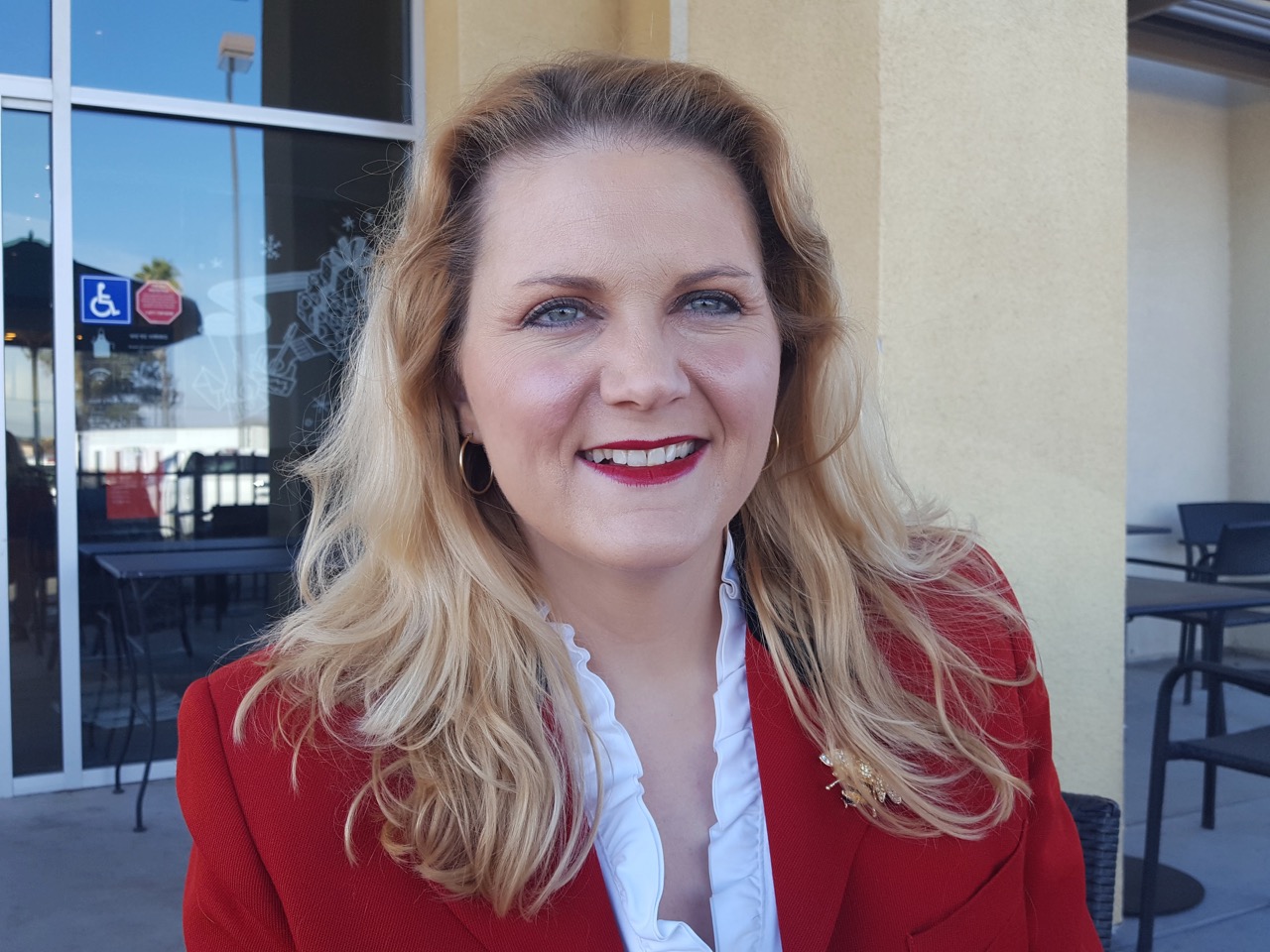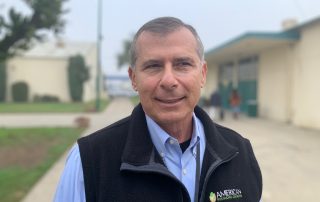Aubrey Bettencourt Will Head up Almond Alliance
Almond Alliance of California Names Aubrey Bettencourt as President/CEO
The Almond Alliance of California (AAC) has named Aubrey Bettencourt as its new President and CEO. She currently serves as Director for Sustainability for the California Cattle Council and Western United Dairies and has extensive experience dealing with a wide range of California agricultural and natural resource issues.
Bettencourt succeeds Elaine Trevino, who has been nominated by President Biden to be the Chief Agricultural Negotiator for the U.S. Trade Representative. Trevino is awaiting a confirmation hearing before the U.S. Senate Finance Committee.
Almond Alliance Chairman Mike Curry said Bettencourt’s selection came after an extensive and thorough executive search. Curry commented, “We are extremely excited to have Aubrey Bettencourt as the Almond Alliance’s new President and CEO. Aubrey comes to us with a wealth of diverse knowledge and innovative advocacy work on behalf of farmers and ranchers. As the California State Director of the USDA Farm Service Agency, she fought to keep ‘farmers farming’ through the delivery of effective and efficient agricultural programs.
Serving as Deputy Assistant Secretary in the Water and Science Division of the U.S. Department of the Interior, Bettencourt developed and coordinated national water and science policy, expanding her extensive knowledge of state and national water issues and available resources, making her a unique asset to our membership and community.” Curry added, “Aubrey’s work as the director of the statewide non-profit, California Water Alliance, has given her the tools necessary to advocate for our members as the water crisis in California becomes even more complicated.
As the Director of Sustainability for the California Cattle Council and Western United Dairies, Bettencourt has focused on water supply and water quality, forest health and fire prevention, carbon sequestration, climate resiliency and ground water sustainability. Raised in a farming family, Aubrey has firsthand knowledge of what it takes for a family farm to survive in California and beyond.” “I am excited to join the Almond Alliance, a dynamic leader in American agriculture,” Bettencourt said. “As a fourth generation California farmer, it is a personal honor to serve. I look forward to working with this team to keep farmers and processors providing economic opportunity to our rural communities, bringing worldwide the highest quality product from our farms to your table.”
Bettencourt noted, “The California almond farmer is the most sophisticated in the world; leading in technique, technology, sustainability, safety, and quality. We take pride in this role and great responsibility in this legacy. The challenges we face as an industry including water, labor, energy, supply chain, and climate change, are opportunities for our continued leadership and advocacy. Rather than reacting, we will lead with our own achievable, common-sense solutions to these challenges for the continued success of our farmers, our communities, our businesses, our environment, and our consumers.” Curry noted that in her three years at the helm, Trevino led the almond industry through some very challenging times and wished her the best in her new position.
“I am so incredibly excited for Elaine and her nomination by the President to be the next Chief Agricultural Negotiator at USTR,” Curry commented. “As the President and CEO of The Almond Alliance, Elaine has led our industry through very difficult times. From trade wars, labor issues, struggles during the pandemic, to port issues, Elaine has been a fierce leader fighting the good fight. In every step of the way she has done the good work for California. Yet, Elaine has always kept the communities of our members at top of mind, knowing the economic impact the almond industry has on so many California communities. Elaine has been a true advocate for the good of all. Elaine is the type of leader with the focus to leave things better then she found them.” Looking ahead to her new role, Curry said, “There is no doubt in my mind that as the Chief Agricultural Negotiator, Elaine will continue to be the person who adopts real solutions to real problems.
The United States agricultural community has gained a true problem solver in Elaine Trevino. “ Elaine thanked Almond Alliance members and partners for their support over the past three years. “It has been an honor to work for the Almond Alliance,” she said. “Together we took the Alliance to new heights and strengthened the voice of almonds in Sacramento and Washington DC. Thank you for the opportunity you have given me to lead one of the best agricultural associations in the country. I look forward to staying in touch and learning about the Almond Alliance’s future successes.”
Bettencourt will assume her new role on December 1, 2021 and will work out of the Alliance’s Modesto office.



















